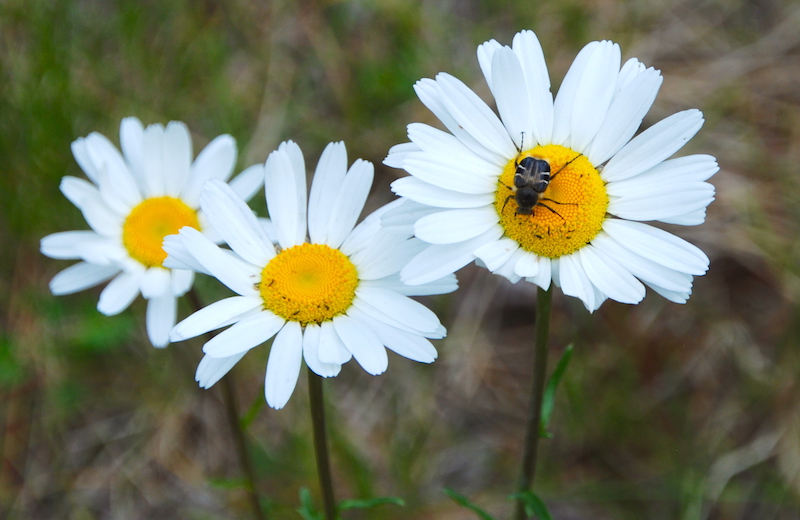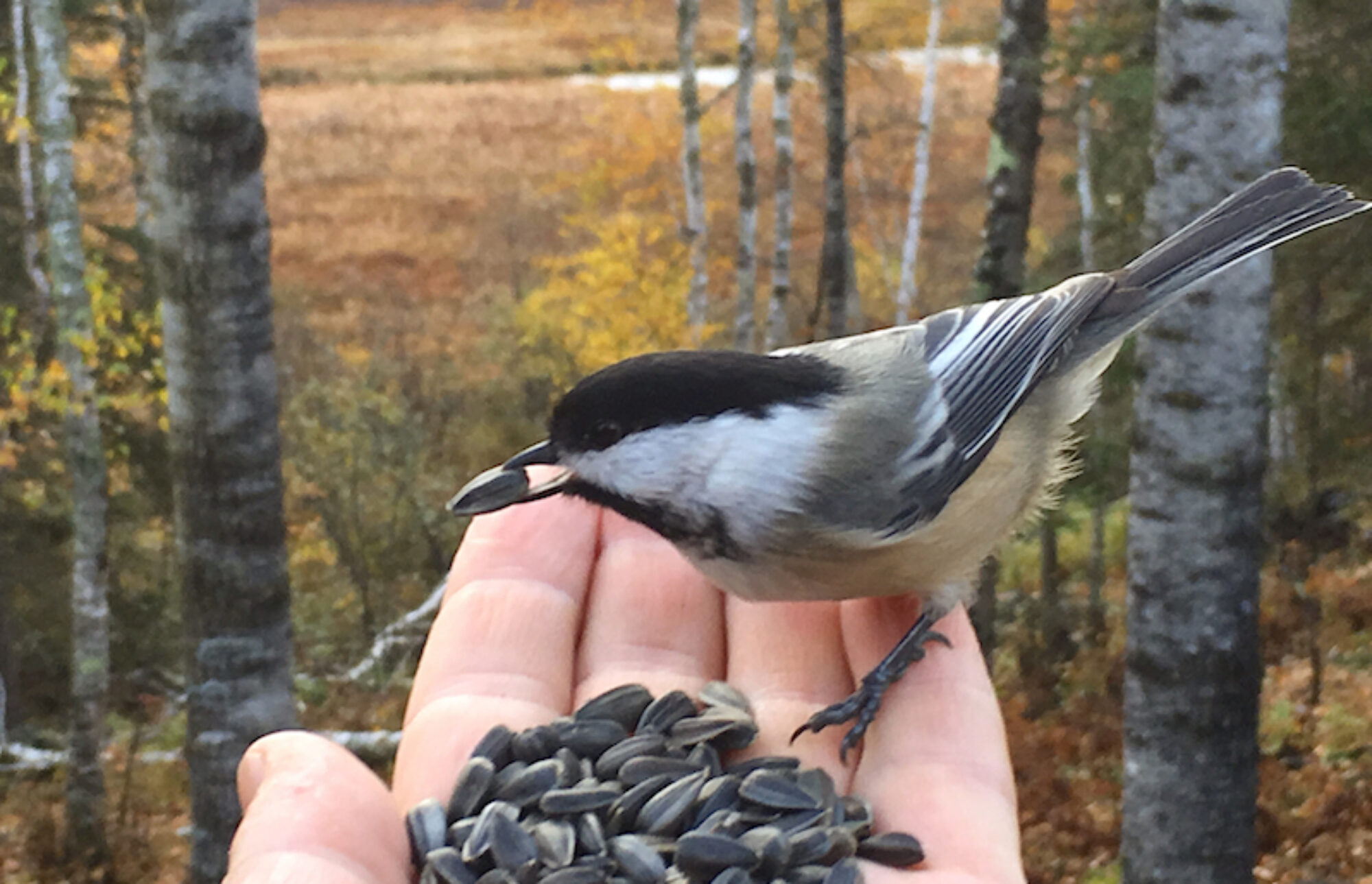
ELY, MINN. — The flowers in the ditches along the road between our cabin and the nearest town, Ely, some 10 miles away, provide an unfolding commentary on the progress of the seasons. The past few days, they seem to be saying that summer is waning and autumn — still seven weeks off according to the calendar — quickly approaching.
It’s not the single conspicuous sugar maple in all its autumn splendor that stands out like a traffic light among an otherwise verdant forest canopy. Though the brilliant red leaves do cause one to stop and consider what’s coming next.
Instead, the majority of the hints and signals the ditches project are subtle, such as the gradual yellowing of bracken ferns, the shriveling and browning of common milkweed flowers and the recent emergence of wispy gray beards on stands of field thistle and bull thistle, those prickly plants that provide the down used by American gold- finches to finally build their summer nests.
After more than a month in the spotlight and dominating large stretches of innumerable ditches, ox-eye daisies, with their pure white petals and golden centers, are disappearing as quickly as fresh snowflakes on a warm spring day. Gone, too, are the great displays of false sunflower, also known as ox-eye, blue flag iris, swamp buttercup, marsh marigold, orange hawkweed, black-eyed Susan, gumweed, daisy fleabane, and my favorite, big-leaf lupines.
This latter plant, which begins flowering in late May and stars for several weeks into early July, seems to spread a little more each year, flooding long stretches of byways with predominately bluish-purple, sometimes pinkish- red and occasionally white petals that arrange themselves on tall, sturdy stalks. Big-leaf lupine is a bit controversial as it is a non- native refugee garden plant that often crowds out native plants, including its close relative the wild lupine. Among ecosystem purists, the big-leaf lupine is to be scorned and abhorred; to most everyone else, it’s ebullient colors are some- thing to be admired and enjoyed.
Despite the disappearance in abundance and variety, there are still drips and drabs of color here and there. Already New England asters and fireweed, true harbingers of the changing season, are revealing themselves in the dusty ditches where they are joined by small clusters of golden Alexander, common tansy, stiff golden- rod and common mullen. These are all representatives in the finale of the summer wildflower show. So, too, is the thin ribbon of birds-foot trefoil that was originally planted as a way to control erosion along newly constructed roads, but like many non-native plants it took a liking to its new surroundings and quickly began spreading like fire. Seemingly its only competition for the real estate nearest most road edges appears to be red clover, another non-native plant that tends to thrive nearly everywhere that the sun shines.
There’s still a month to go before the deciduous trees begin to turn colors in earnest, and while the great panoply of summer wildflowers is fading as quickly as an autumnal sunset, there are still many less conspicuous flora to keep an eye out for along the roadside, no matter where you live.
Drive carefully and enjoy what remains.
Todd Burras can be reached at outdoorstoddburras@gmail.com.
